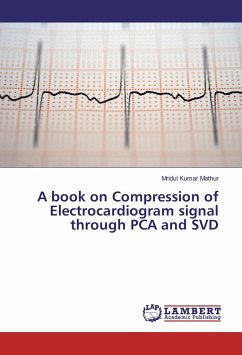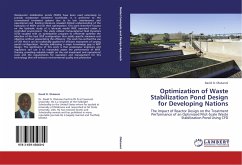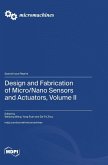The flow behavior through an asymmetric diffuser is investigated in the present study. The shapes of the inlet velocity profile on the diffuser performance are studied and the flow is treated as two dimensional. From the present study it was found that the used level of the Re, the diffuser angle, the aspect ratio, and the walls connection are mainly determine the quality of the flow through the diffuser. The results indicated significant effects on the flow pattern and static pressure recovery due to the inlet flow non-uniformity. The case of the inverted uniform shear flow showed almost 13% increase in the pressure recovery with respect to the reference case of the fully-developed turbulent flow. In case of the highest Reynolds number examined in the present work, the phenomenon of high energy redistribution was not observed and the loss level was maintained low. The experimental and numerical results showed a strong effect of the diffuser wall connection down-stream on the flow regime. Small regions with high energy have been observed at this location for the different inlet flow conditions at the highest studied value of the Reynolds number, except for the fully developed flow








